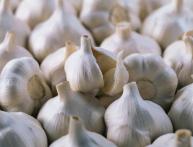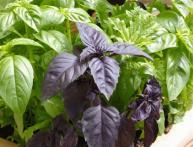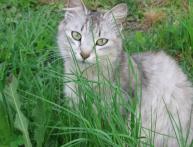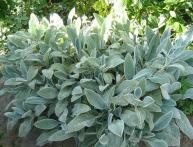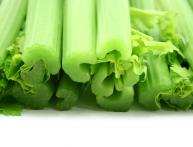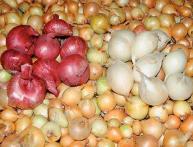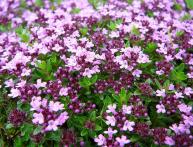Purslane
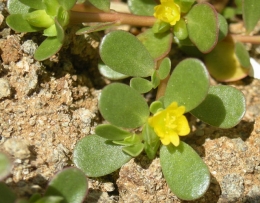
Purslane is an extremely multifunctional plant. It is used for decorative, medical, and food purposes. The plant got its name due to the unusual way of opening the seed capsule. Translated from Latin, “portula” means gate.
Purslane also has a second name - “dandur”. Dandur is a herbaceous annual plant that has a creeping stem reaching a height of 10-40 cm. It is very widespread, including in the CIS countries. The plant can be found in meadows, fields, river banks and other wet sandy places.
The plant has fleshy, round-oval leaves, small yellow flowers, which are collected in 2-3 buds at the top of the shoots.
The plant has been used for food purposes since ancient civilizations. As a vegetable, purslane became widespread in France in the 17th century. The plant has an unusual light, hot and sour taste, which makes it a special component of all kinds of sauces, salads, soups, etc.
Purslane contains a whole complex of useful substances: proteins, fats, vitamins, organic acids, carbohydrates, carotenoids, micro and macroelements, and much more that the human body needs so much.
The plant also has a number of healing properties: cleansing the body, normalizing the functioning of the gastrointestinal tract, cardiovascular system, lowers cholesterol and blood sugar levels, is an effective diuretic and antipyretic, helps with insomnia and is considered an effective antiseptic - this is not all list of beneficial properties of the plant.
As for cultivation, purslane is absolutely unpretentious. The plant loves warm and well-lit areas with moderately fertile soil.
When caring for the plant, you should water it thoroughly and weed it periodically. The first harvest can be harvested 3 weeks after germination.

